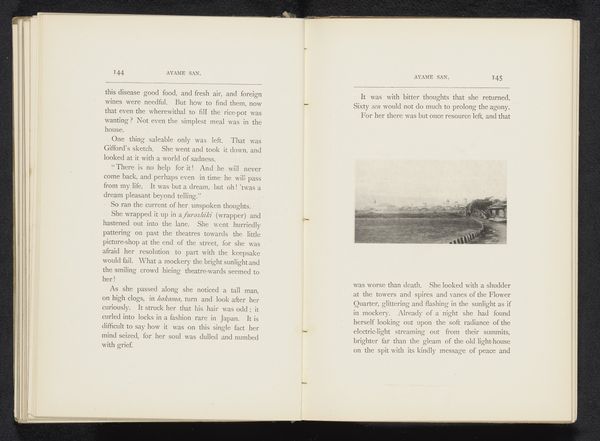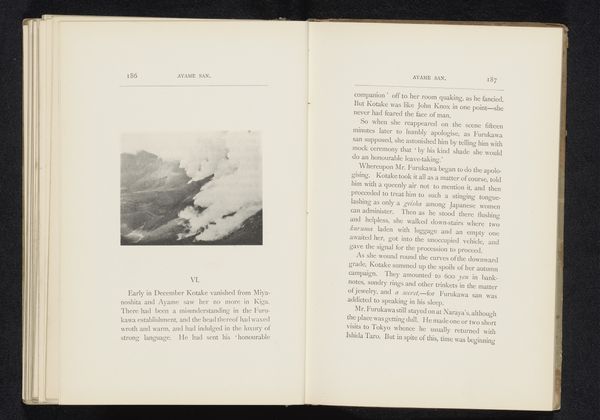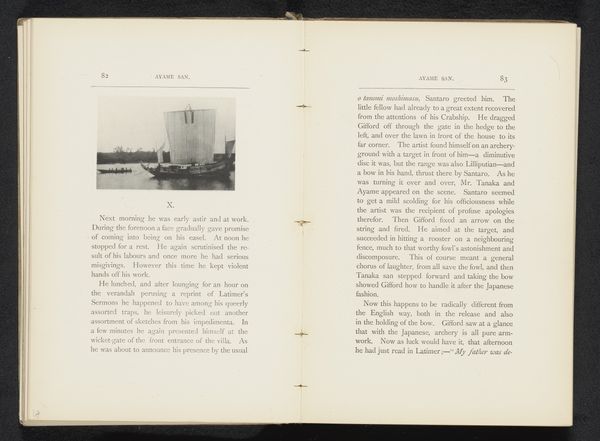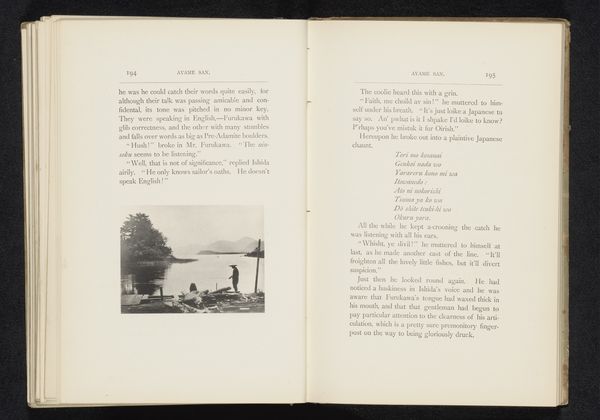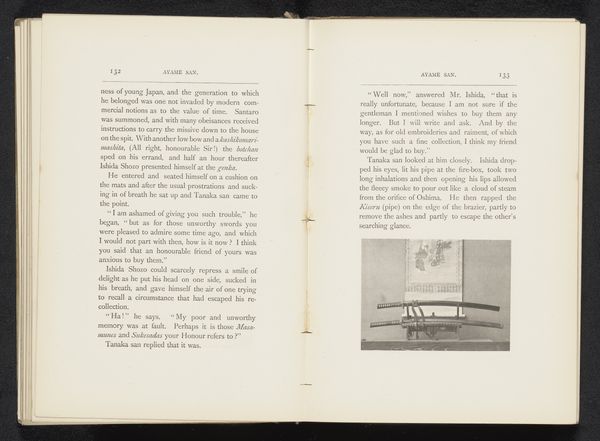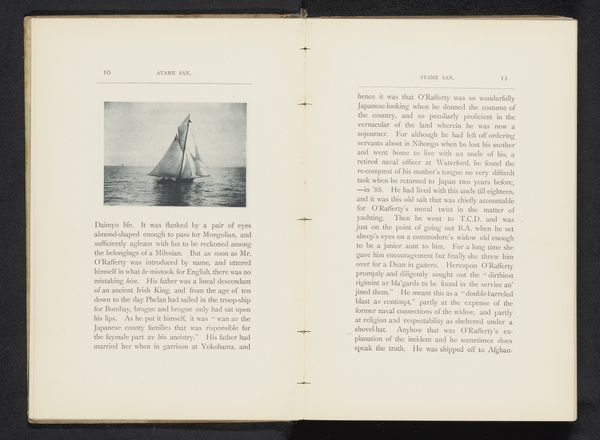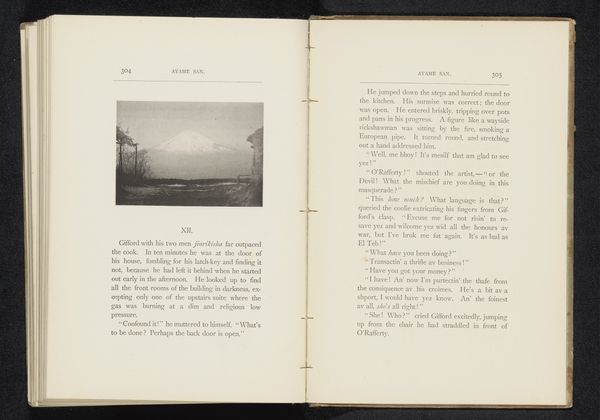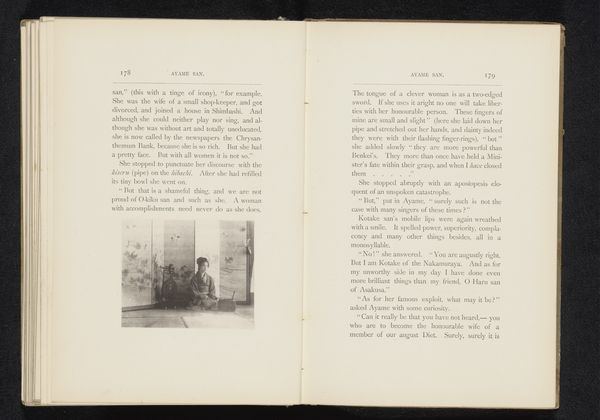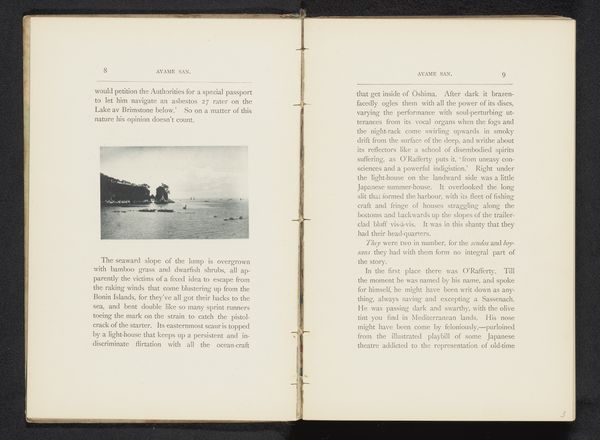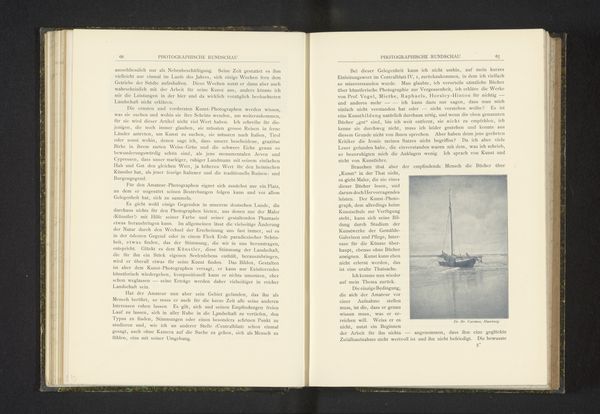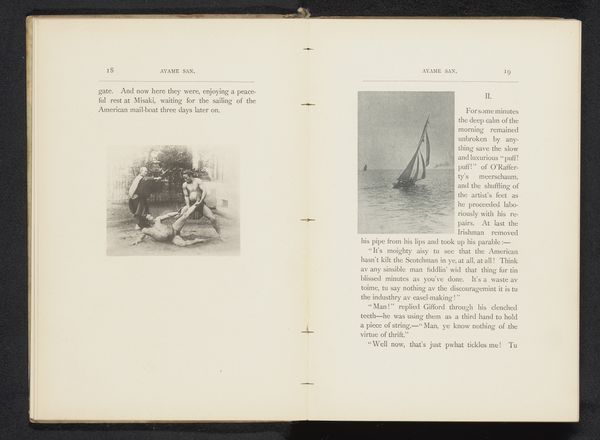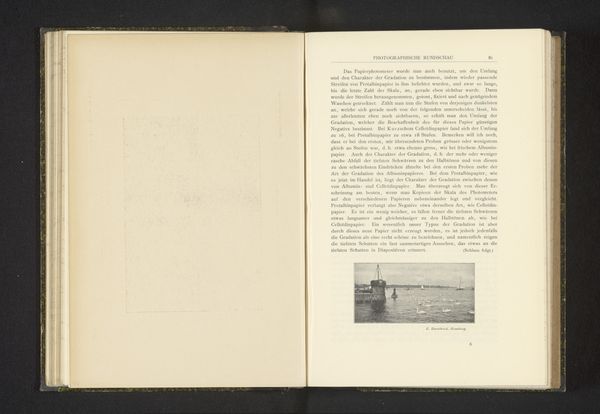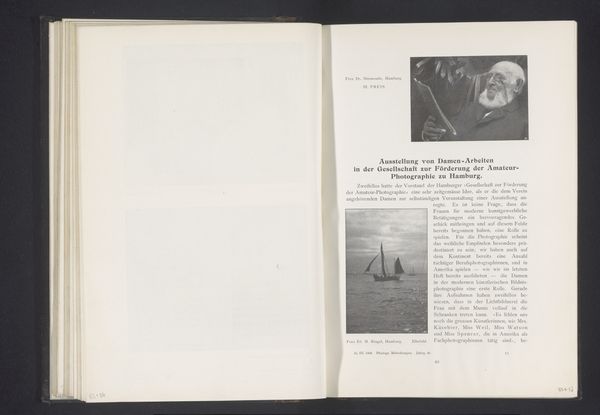
print, photography, albumen-print
# print
#
landscape
#
photography
#
albumen-print
#
sea
Dimensions: height 60 mm, width 78 mm
Copyright: Rijks Museum: Open Domain
Curator: Here we see William Kinnimond Burton's "Zeilschip op zee," or "Sailing Ship at Sea," a photograph taken sometime before 1892. It's an albumen print, giving it a warm, sepia tone. Editor: It's incredibly stark, isn’t it? Almost bleak. That single ship feels so isolated on that wide expanse of water, like a tiny speck against an infinite backdrop. Curator: Burton was known for his landscapes and architectural studies. He lived and worked in Japan, and that social context definitely influenced his approach. The photograph isn't just about the ship; it reflects a broader colonial gaze upon a changing Japan, particularly on Japan's modernization and opening up to foreign influence during the Meiji era. Editor: That tension between tradition and modernity is definitely palpable here. On the one hand, we have the traditional sailing ship, but on the other hand, there's this underlying sense of vulnerability. The single boat seems overwhelmed by the open water, representing a sense of cultural and historical change for the Japanese. How did western influences impact local imagery? Curator: Exactly. Burton's role as a photographer shifts within that dynamic. He contributed to the development of photography in Japan and used it to document both the old and the new. It reflects the larger sociopolitical trends of the time. And what kind of public spaces were available for the exhibition and reception of such artwork at this period in Japanese history? What narratives did these early photographs support or challenge? Editor: What is powerful to me is how deceptively simple this image seems. It captures more than a ship at sea; it encapsulates themes of vulnerability, progress, and maybe even a hint of resistance, making it still relevant today. Curator: Precisely. And considering how his art fits into narratives surrounding Japan’s engagement with the wider world in the 19th century certainly enrich its layers of understanding.
Comments
No comments
Be the first to comment and join the conversation on the ultimate creative platform.
